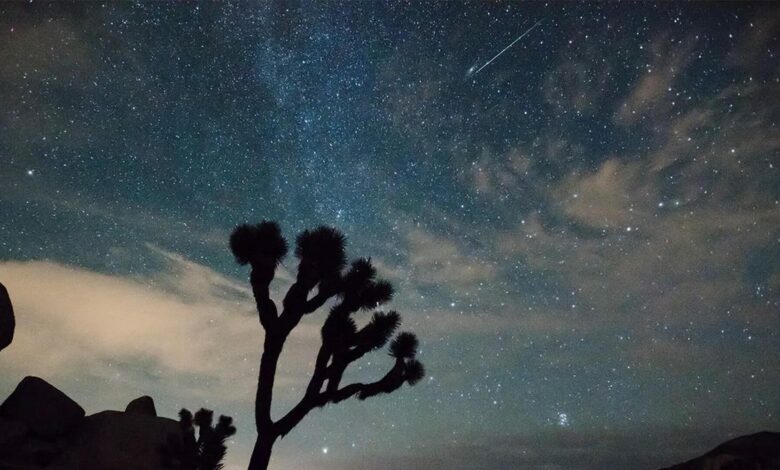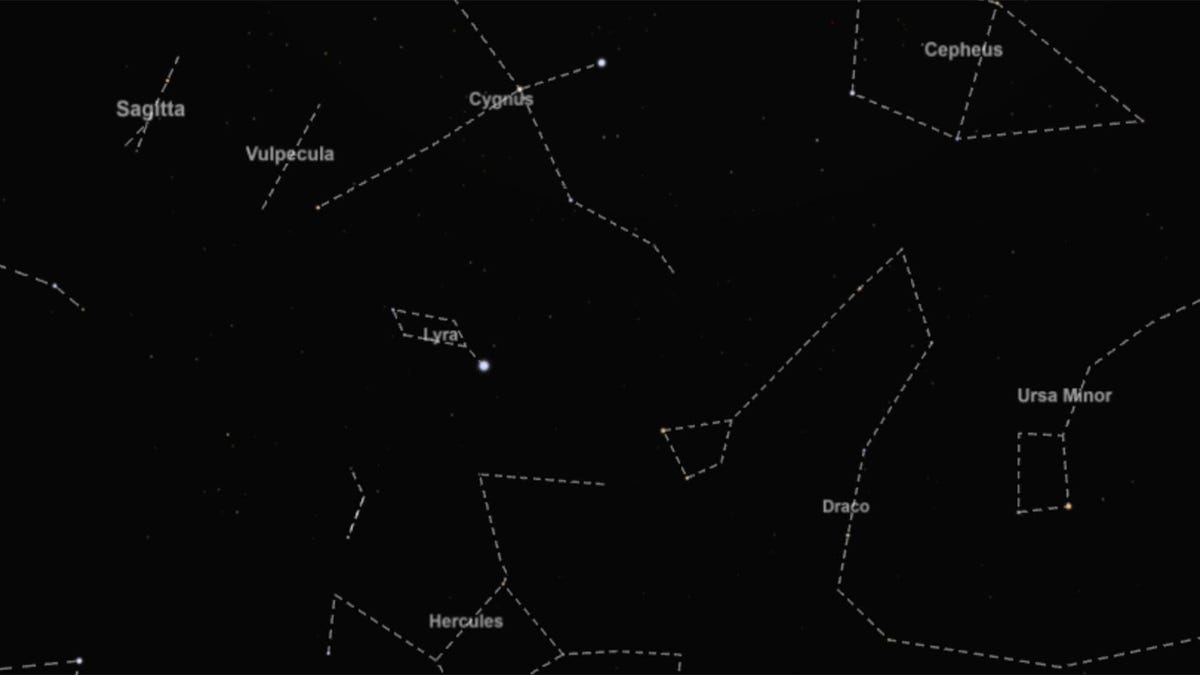Two more meteor showers are coming: here’s how to see them



At this point, stargazers might as well be looking at the night sky every night. We’ve already had a planet parade, a triple meteor shower, and a few aurora borealis appearances. With the Perseids and another planet parade on the way, August is shaping up to be a great month for night sky fans. You can add two more meteor showers to your calendar to round out an already active August.
The first meteor shower will come from Kappa Cygnids, a meteor shower that began on August 3 and will last until August 25. It should peak on August 17, just a few days after the Perseids finish their light show. What makes Kappa Cygnids interesting is that it doesn’t happen every year, and people aren’t entirely sure where it comes from.
Normally, a meteor shower is associated with a comet that leaves dust and debris in its wake. For example, the Perseid meteor shower is produced by the comet Swift-Tuttle, and the Earth moves through the trail left by the comet. However, people have yet to discover which comet left the Kappa Cygnids for us, although some scientists believe it was a small planet called 2008 ED69.
The second meteor shower to grace the August evening sky is Alpha Aurigids. It is a much shorter meteor shower that begins on August 25th and lasts until September 10th. The peak is expected to occur in late August and late September. It comes from comet C/1911 N1 Kiess, which takes 2,000 years to orbit the sun. Alpha Aurigids is known for producing spectacular meteor showers. about once or twice a centuryThis year isn’t one of those years, but there will still be a fair number of meteors visible.
When and where are these meteor showers visible?

Kappa Cygnids will be located in the constellations Draco, Lyra and Cygnus
Kappa Cygnids will peak around the evening of August 17th and should be visible all night long. The radiant, or point from which the meteors appear to come, will be between the constellations Cygnus, Draco, and Lyra near the star Kappa Cygnus. Meteor showers are often named after the location of their radiants, so Kappa Cygnids is named after the star Kappa Cygnus.
For Alpha Aurigids, the peak will occur on August 31st and September 1st. The radiant for this one is right in the middle of the Auriga constellation, near the star Alpha Aurigae. Like Kappa Cygnids, Alpha Aurigids is named after the star closest to its radiant. For most of the Northern Hemisphere, the Auriga constellation doesn’t rise above the horizon until after 1:00 AM local time, so you’ll have to stay up late or get up before sunrise if you want to see them.
Read more: The Perseid meteor shower peaks in August: Here’s how to see it
For reference, in Columbus, Ohio, the constellations Draco, Lyra, and Cygnus will be fairly high in the sky if you look northwest on August 17. Meanwhile, the constellation Auriga will appear on the northeastern horizon around 1:00 a.m. local time. Before that, it will be below the horizon. We checked New York, Los Angeles, and Austin, Texas, and the locations were about the same in all three spots.
If you want to find the exact locations yourself, Time and Date has a nice tool where you can scan the skies around your area. Simply go to the site, enter your location, change the date in the tool to the days listed above, and wind the timer until it’s well past midnight. Then click and drag until you find the constellations above. The Sky Tonight app (Google Play, iOS) has a similar tool for mobile users.
Both meteor showers should be visible mostly in the Northern Hemisphere and a significant portion in the Southern Hemisphere.

The Alpha Aurigids should radiate from exactly the center of the constellation Auriga.
How many meteors can I expect to see?
Both meteor showers are relatively small compared to heavy hitters like the Perseids. However, there should still be a fair amount of activity. Kappa Cygnids should produce about three meteors per hour at their peak, while the Alpha Aurigids are expected to drop about five meteors per hour.
That may not sound like much, but most meteor showers worth mentioning perform about this well. The larger showers, including the Perseids, Geminids, Eta Aquarids, and Quadrantids, can somewhere between 50 and 120 meteors per hour during their respective peaks. Most other named meteor showers produce 20 or less, meaning that Kappa Cygnids and Alpha Aurigids are fairly average in terms of meteor shower output.
That said, the numbers above are mostly educated guesses based on available data. The meteor showers could be more or less active depending on a number of factors. We won’t know for sure until the date is known.
Read more: A unique cosmic nova explosion is coming: how to watch
How can I watch the meteor shower?
You don’t need any special equipment to view meteors during a meteor shower. They appear in the sky as shooting stars. Binoculars can help, but we recommend avoiding telescopes, as they obscure large parts of the sky, making it possible to miss a meteor.
However, the standard rules of space viewing apply here. Check the weather to make sure clouds don’t spoil your good time. Additionally, you’ll want to stay as far away from major cities as possible. Light pollution from cities can make it impossible to see most meteors.
To give you an idea of how impactful it can be, the Quadrantids meteor shower can produce up to 120 meteors per hour. In a large city, you might only see five, and in the suburbs you might see 10 per hour. So for smaller meteor showers like Kappa Cygnids and Alpha Aurigids, the further away from the city you are, the more likely you are to see meteors.
Read more: Don’t miss the chance to see 6 planets in the sky during the upcoming Planet Parade
What makes these meteor showers unique?
Because Kappa Cygnid occurs around the same time as Perseids, it was actually observed by astronomers a few times until the end of the 19th century it was discovered that it was a meteor shower of its own. Earlier observations were dismissed as part of the Perseid meteor shower.
Kappa Cygnids is also inconsistent. Some years, astronomers note that the meteor shower produces bright, abundant meteors and in other years none at all. was only in 2014 that it was discovered that Kappa Cygnids do not behave like other meteor showers. In general, meteor showers are trails left by orbiting comets, and the trails themselves are affected by that orbit. However, Kappa Cygnids also seem to be affected by Jupiter’s gravity, which throws things off.
Alpha Aurigids is also an inconsistent meteor shower. Most years it produces the usual five meteors per hour. However, once or twice a century Alpha Aurigids goes all out and produces one of the most intense meteor showers ever recorded. In 2007, the Alpha Aurigids produced an estimated 400 meteors per hour during its peak. The last time it produced so many meteors it was 1935 and the next such event is expected around 2077. So while this year’s display is expected to be fairly average, Alpha Aurigids can produce meteors like the best of them can, about once in their lifetime.




